This guide is the beginning of the documentation with the built-in Notes for the database. Will help you gain a better understanding of how the template and Bubble works.
Starting with the Template
Once you have bought or added a template to your account, you will see a dropdown in the New Application popup that lets you pick a template as the basis for the new application.
Note: this can only be done when you create a new app.

After you've selected a template you bought, complete the other fields with necessary data (i.e: Name of the new app, What kind of application you are building, etc) and press Create a new app.
Tip: A template isn't a theme for your app, but a pre-built set of elements and workflows. You can modify the template as you would modify another app.
Wait for Bubble to load the application with all the data.
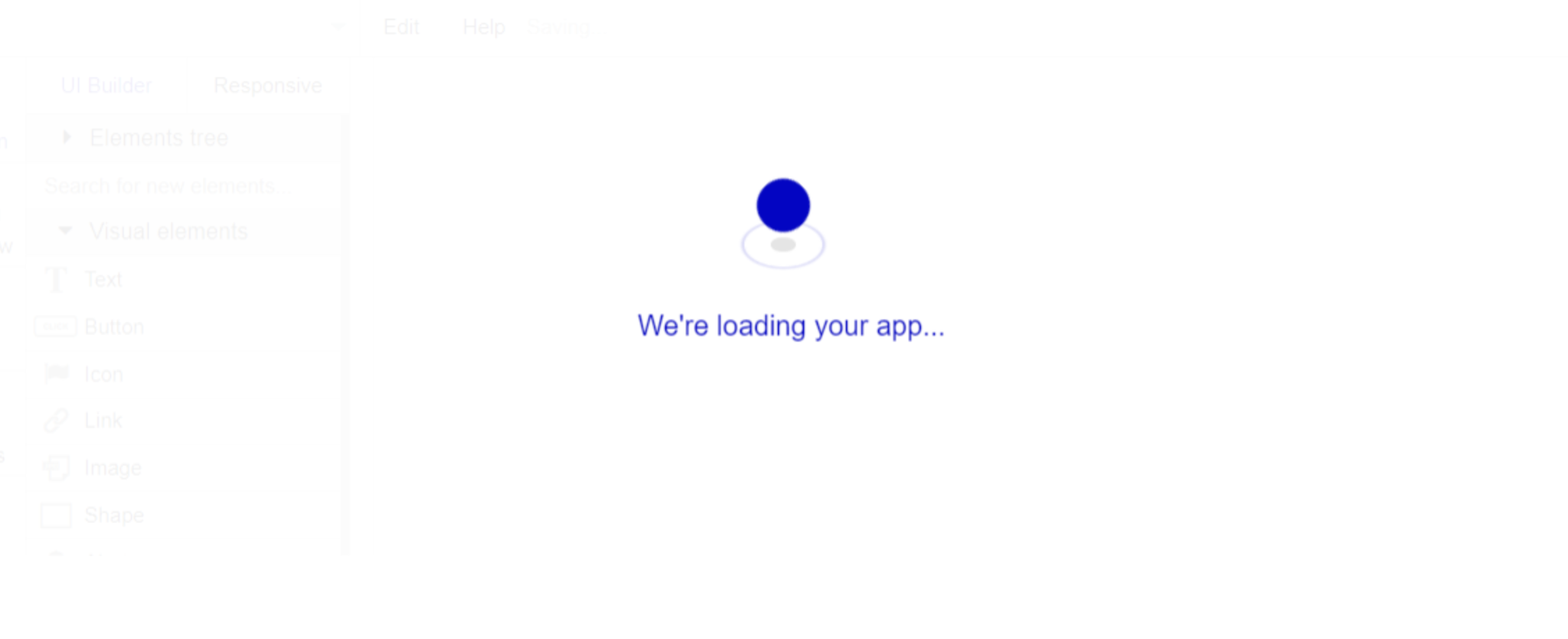
After the application has loaded, you'll see the bubble assistant on the right side for New Application. You can close it or follow the assistant steps to adjust different settings.
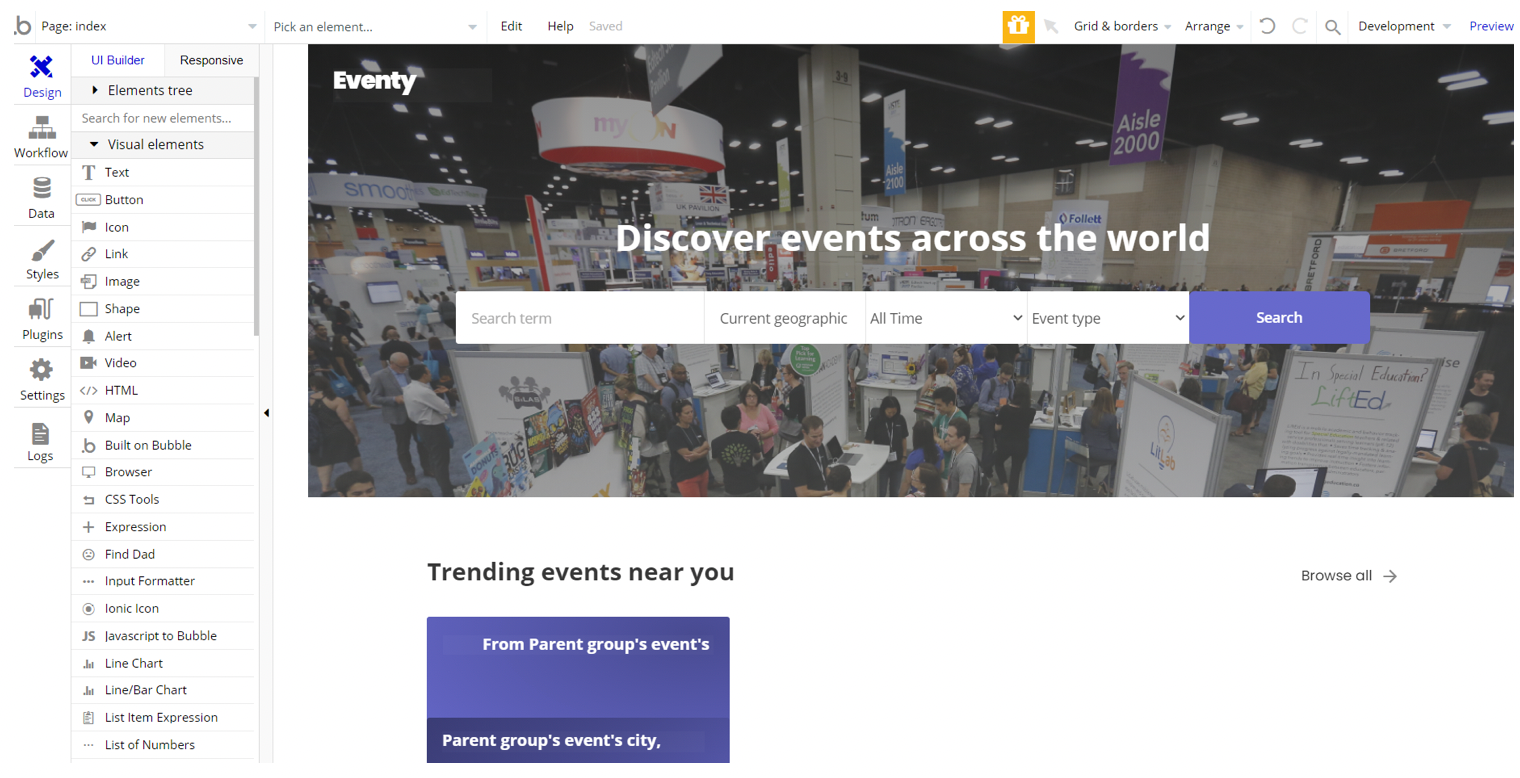
Congrats! You have successfully created a Bubble app based on your template. Now, you can proceed with the setups and dive into Bubble no-code development toolset.
Payments
This template uses Bubble's Stripe plugin for payments.
1. The first step is to configure the Stripe dashboard and the Stripe plugin within your editor. Please follow the Stripe payment instructions below to configure.
Tip: Genuine card information cannot be used in test mode. Instead, use test Stripe cards credentials.
Calendar from Google plugin
This template uses the Calendar from the Google plugin from Zeroqode. It lets authorized users access the details of their Calendar events, create new events, or delete events.
Note: Please read the plugin’s documentation on how to set it to work: https://zeroqode.com/plugin/calendar-from-google-1634213300329x241451706580682050
Remove Demo Login
This template comes with demo accounts and demo buttons for testing purposes, which do not require a full sign-up process in order to test the platform features. Feel free to delete these login options in your app.
Tip: Please note that deleting the demo buttons will delete the button workflows as well. Removing these demo options doesn't affect any other aspect of the template.
In order to delete demo items, follow the instructions:
Database setup
To access and delete the demo account follow the steps:
- Access Data Tab
- Go to App data
- All Users thing
- Find the demo@demo.com and vilanelle@test.com which can be removed from the database

Button setup
To remove Demo (login) buttons follow the steps
login page
- Access the Element: Signup/Login Popup reusable element
- Use the search on the page
- Find Buttons Demo Log in
- Select and delete these elements with their respective workflows
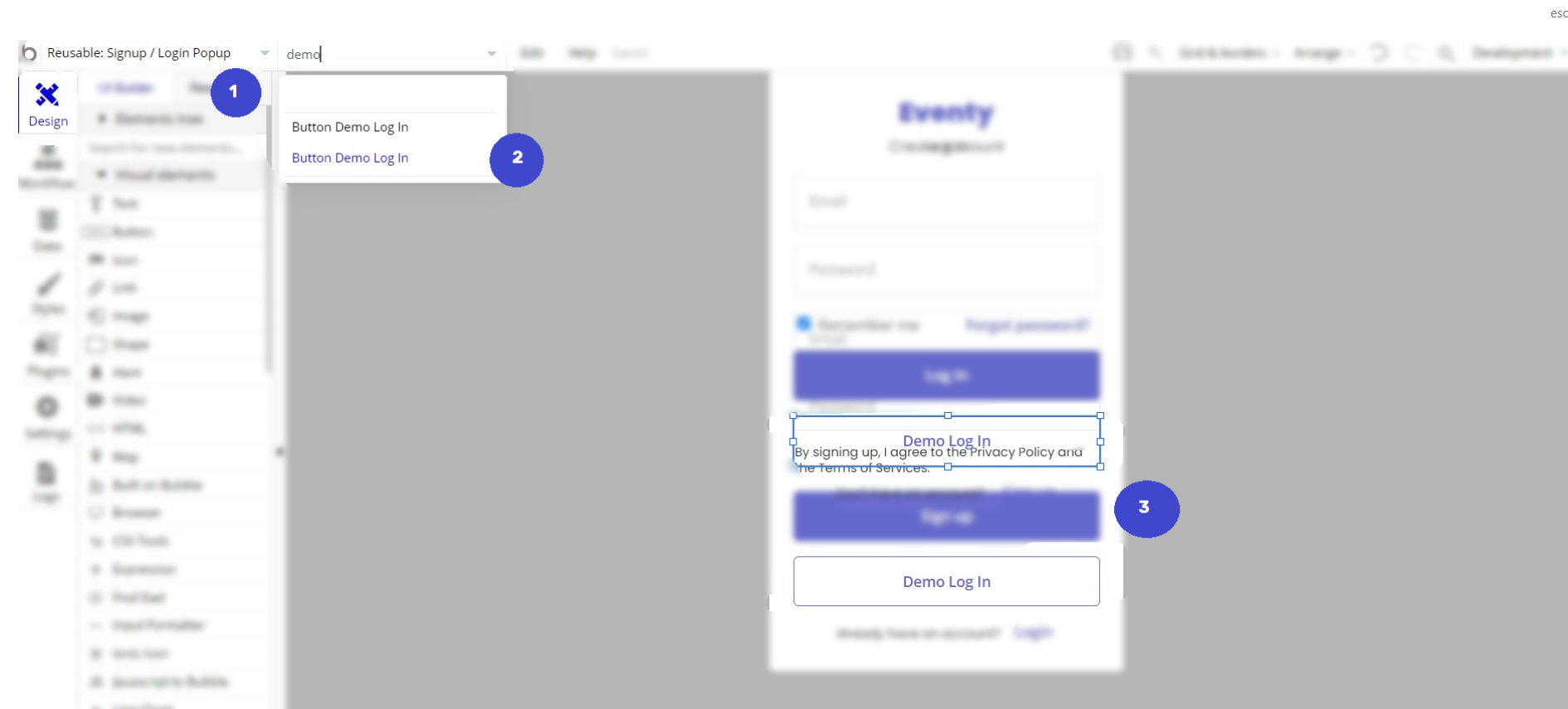
Tip: Please note that deleting the demo buttons will delete the button workflows as well. Removing these demo options doesn't affect any other aspect of the template.
API Connections
This template comes with API integration which may require to be adjusted in order to work with services like UI-avatars to retrieve image data using GET requests.
UI Avatars
If this happens it is possible to reinitialize the call, so no worries. 💪

- To set up the connections you will need to provide API endpoint URL with parameters: https://ui-avatars.com/api/?name=[name]&background=[bg]&color=[font]&length=1
- Paste the key in the URL parameters:
- name = random title. ex John
- bg = color of background in hex. ex: 6669CC
- font = font for random title. ex: fff
3. (Re)Initialize the API call

4. After the call was initialized these are values returned through API connection
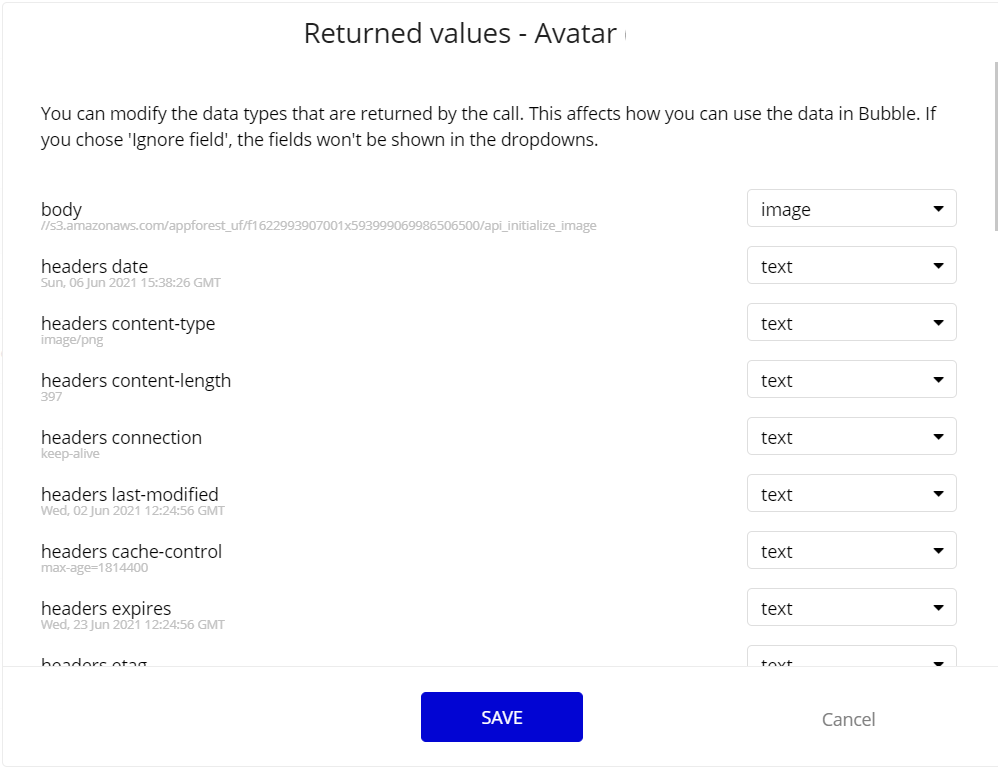
5. After initialization this API Endpoint can be used as data inside the workflow to save UI avatar during signup workflow action.
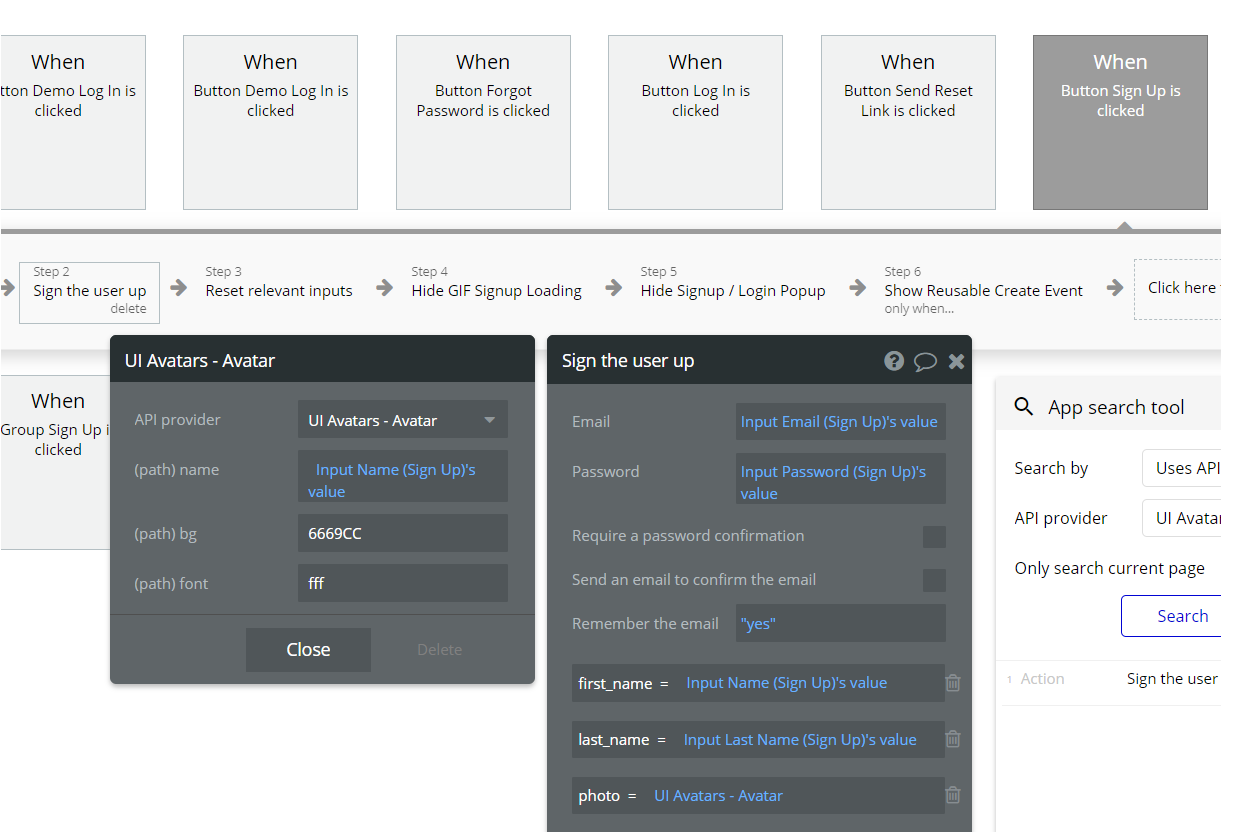
Remove Banner
This template comes with a promotional banner above the Header element. Feel free to remove it from your app.